This Just In: Angel DeCora’s The Indians’ Book and Wigwam Stories
The inventive early-20th-century lettering of Ho-Chunk artist Hinook-Mahiwi-Kalinaka opens windows to the design of North American tribes.
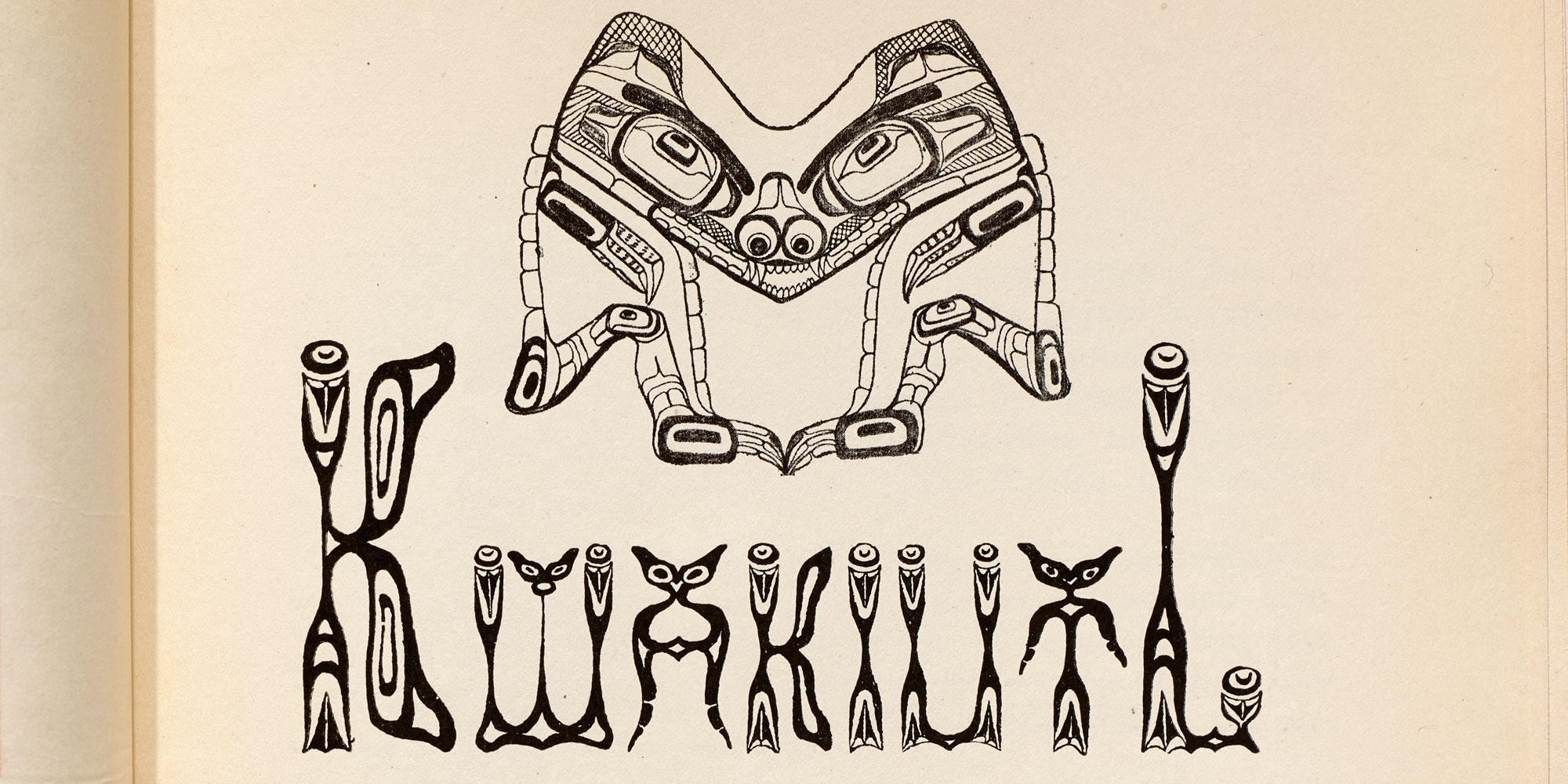
The inventive early-20th-century lettering of Ho-Chunk artist Hinook-Mahiwi-Kalinaka opens windows to the design of North American tribes.

We are pleased and honored to welcome two new members to our Board of Directors. A familiar face to anyone who has seen our membership video, Leila Weefur was a visiting researcher in our early years, and their story about exploring Blackness in advertising and typography at the Archive can be seen in The Occasional. Alejandro Chavetta has partnered with us on many projects, including exhibitions at Astro Studios where he was creative director, and content-creation for Adobe’s Create platform (now Discover), where he serves as Editor in Chief. Leila and Alejandro join an expanding board which aims to represent and respond to our broad community.
Florence Fu talks with Choi Sung Min about the history of Korean visual culture and our new collection of books, posters, and ephemera from over 25 studios.
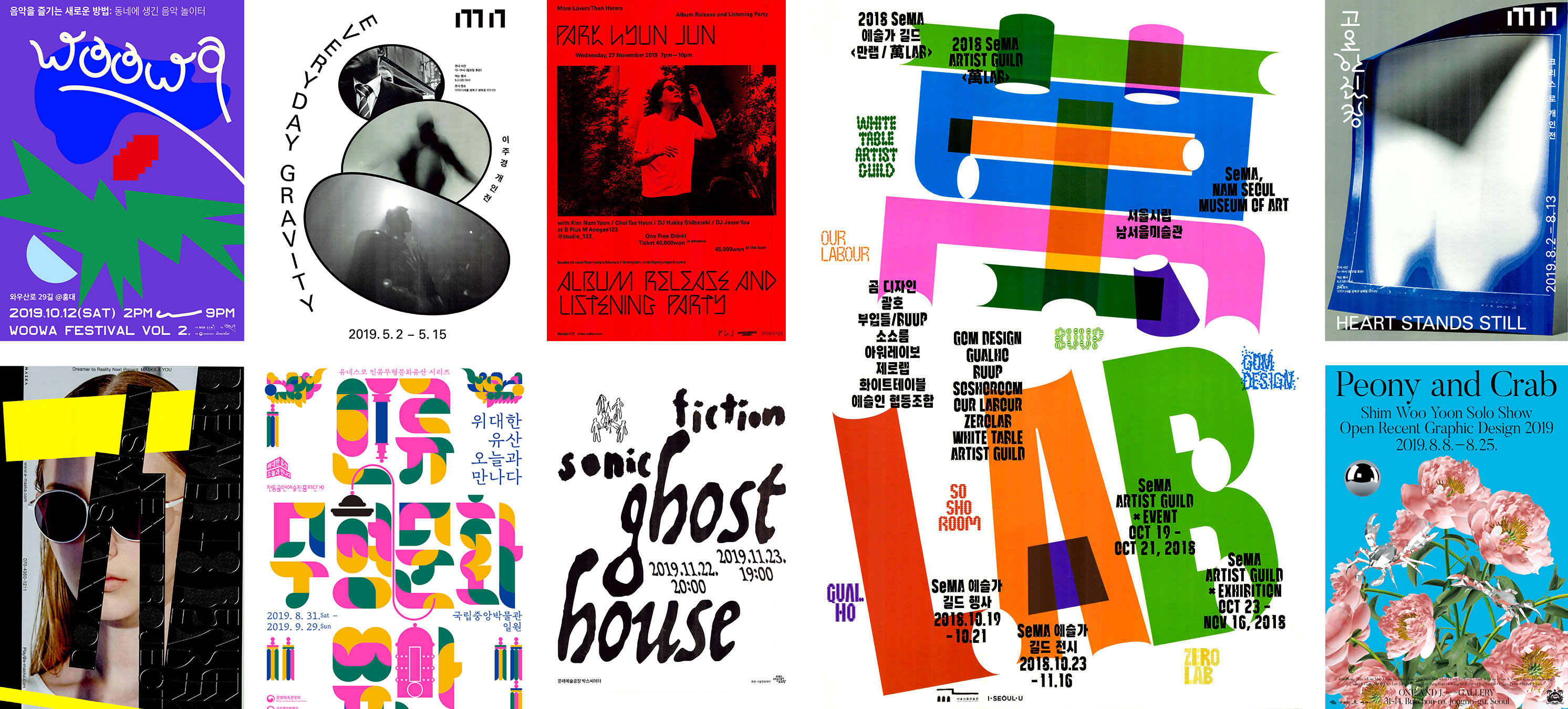
-rooster-1919.jpg)
Judaism and designs of utopia have a long history together. Many Jews have dreamed of a perfect and socially just society, and created art that reflected this desire. Jews played integral roles in the Russian Revolution and in Bolshevik communism, as well as in building intentional communities around the world. Jewish artists expressed their utopian visions in a variety of ways, but many artists such as El Lissitzky and Natan Altman used painting, design, and the abstract shapes of constructivism to illustrate an upheaval of the old social systems and a radical transformation to something new. This coincided with the rise of communism in Eastern Europe, and with talk of protection of ethnic minorities after centuries of pogroms and discrimination.
The Archive’s digitization librarian offers a glimpse at how we digitally capture the artistry and craft of our physical collection.
An explosion of independent publishing in the 1960s and ’70s took advantage of new, accessible technology to spread countercultural messages around the world.
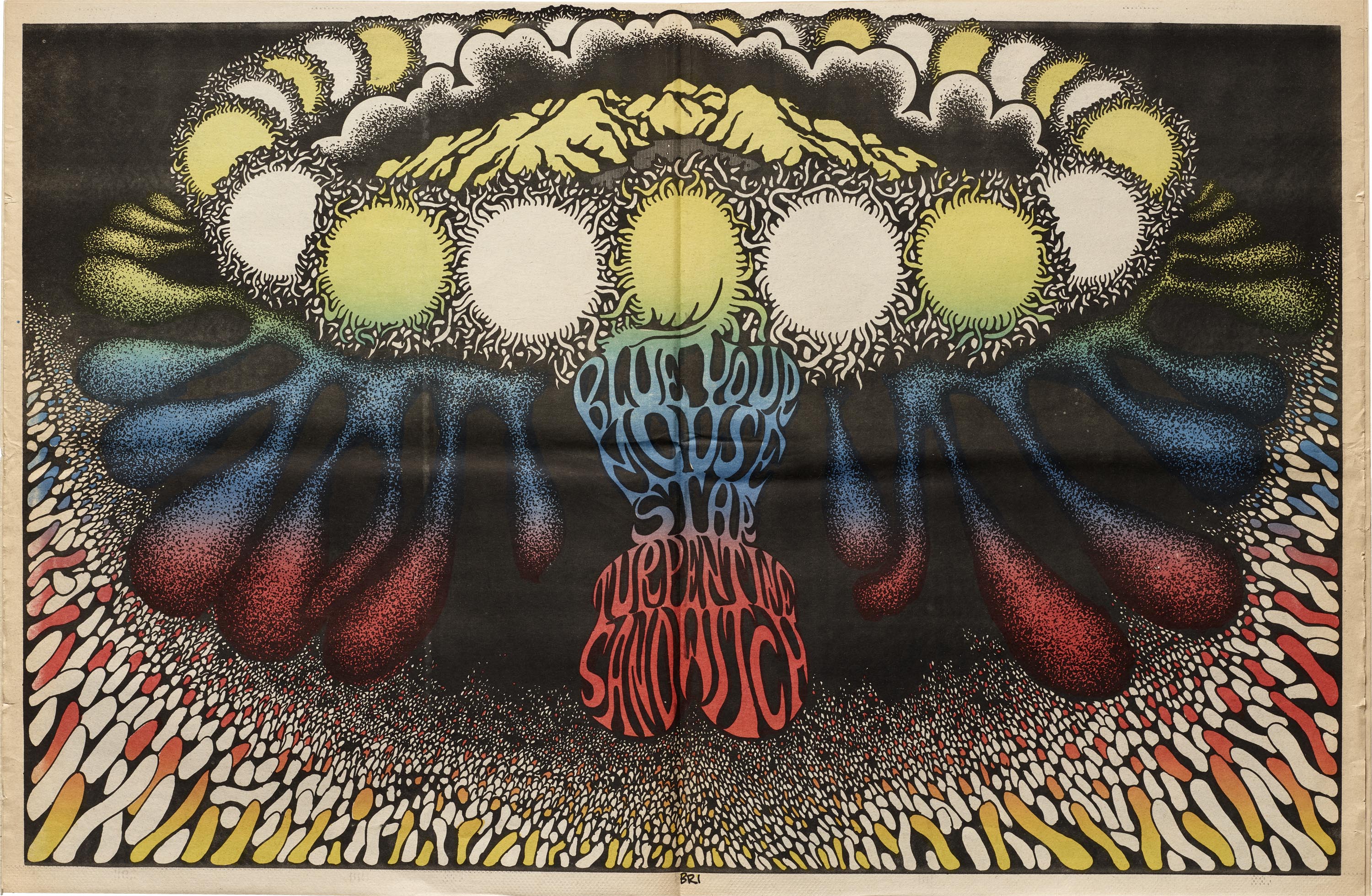
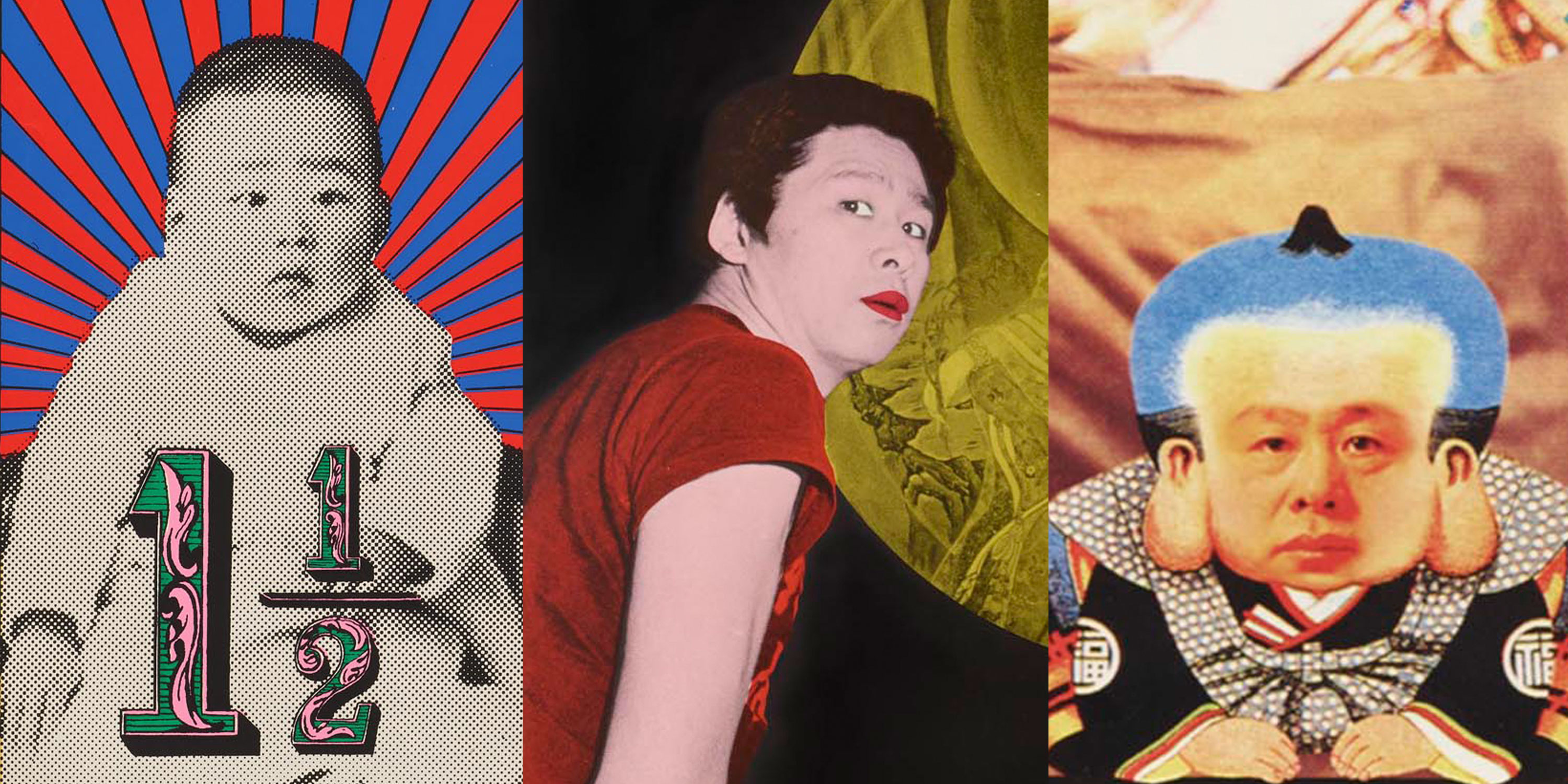
Post-war Japan was a catalyzing backdrop that shaped a generation of artists and designers, including the renowned Tadanori Yokoo (横尾 忠則). Over the span of two decades, the Emperor’s divinity had been absolved, the nation was demilitarized, and US military troops had occupied cities. In 1960, at the age of 24, Yokoo traveled 300 miles from Kobe to Tokyo, to the epicenter of this cultural whirlwind. Tokyo, now home to a rapidly increasing population of over 10 million, was preparing to host the 1964 Summer Olympics while reckoning with violent student protests and riots. There, Yokoo’s practice took root and would earn him a reputation for bridging high and low, pre- and post-modern, and Eastern and Western cultures, and challenging conventions by charging posters with intense emotion. Trailblazing across multiple media, Yokoo responded to absurdities of signs and symbols, tensions between seemingly opposing worlds, and existential questions of the self to offer works that are humorous, chaotic, and deeply autobiographical.
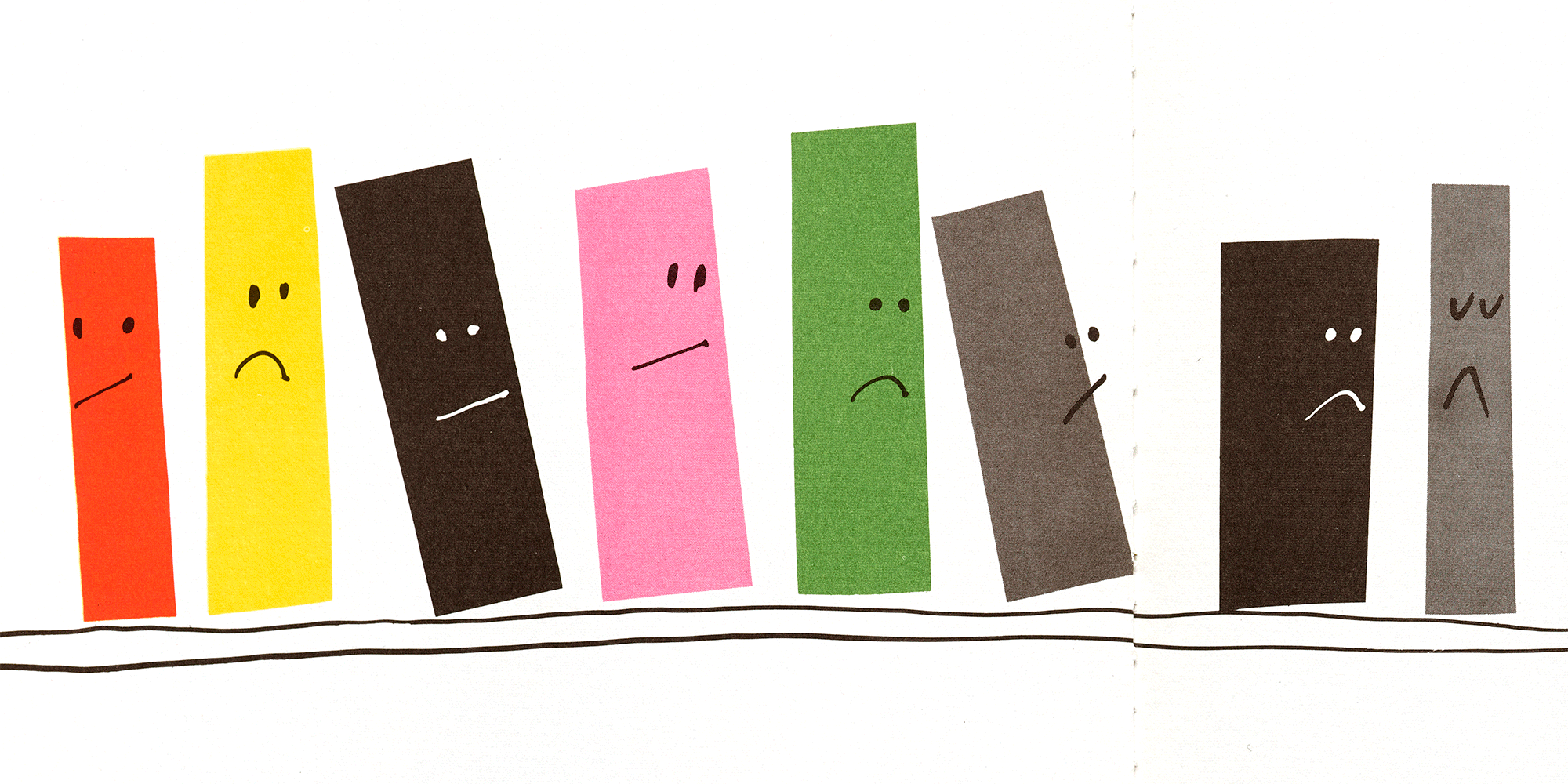
Like many of you, we’re working from home. That doesn’t mean, however, we aren’t still planning the move and thankful to be working with our crews to complete the buildout as safely as possible.
And, right now, your support is more important than ever.